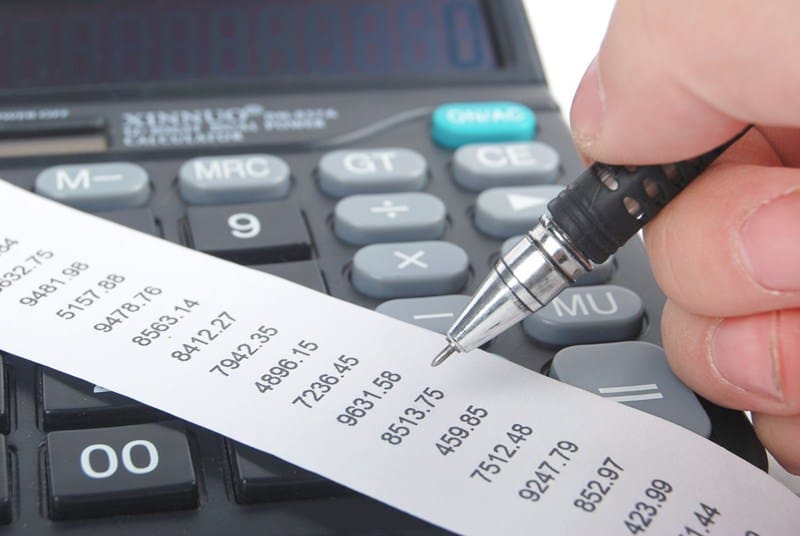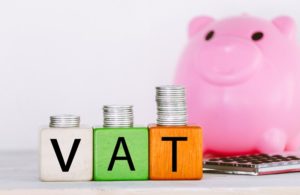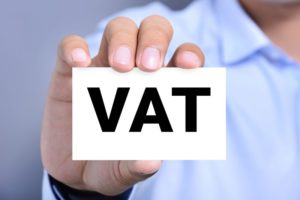Where an error on a VAT return is discovered, VAT registered businesses have a duty to correct the error as soon as possible.
As a general rule, you can use a current VAT return to make an adjustment to a past VAT return. However, in order to be able to do so, there are three important conditions that must be met:
- The error must be below the reporting threshold.
- The error must not be deliberate.
- The error can only relate to an accounting period that ended less than 4 years ago.
Under the reporting threshold rule, taxpayers can make an adjustment on their next VAT return if the net value of the errors is £10,000 or less. The threshold is extended if the net value of errors found on previous returns is between £10,000 and £50,000, but does not exceed 1% of the box 6 (net outputs) VAT return declaration figure for the return period in which the errors are discovered.
VAT errors of a net value that exceed the limits for correction on a current return or that were deliberate should be notified to HMRC using form VAT 652 (or providing the same information in letter format), and should be submitted to HMRC’s VAT Error Correction team. HMRC can also charge penalties and interest if an error is due to careless or dishonest behaviour.







